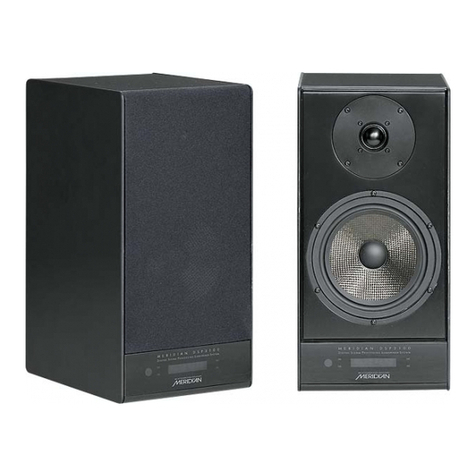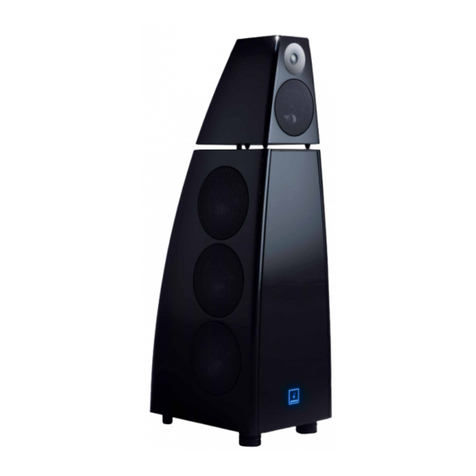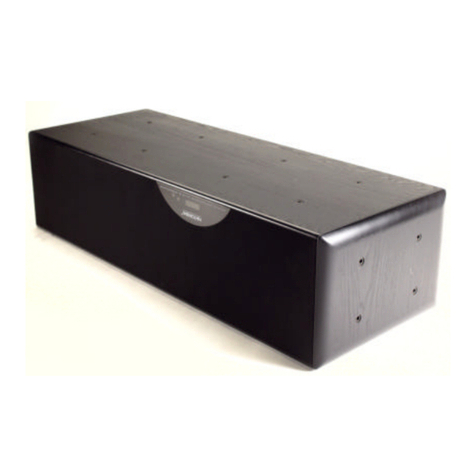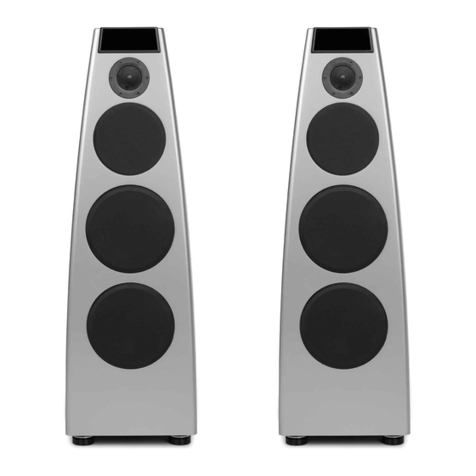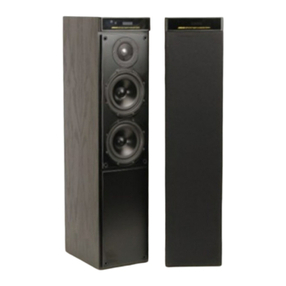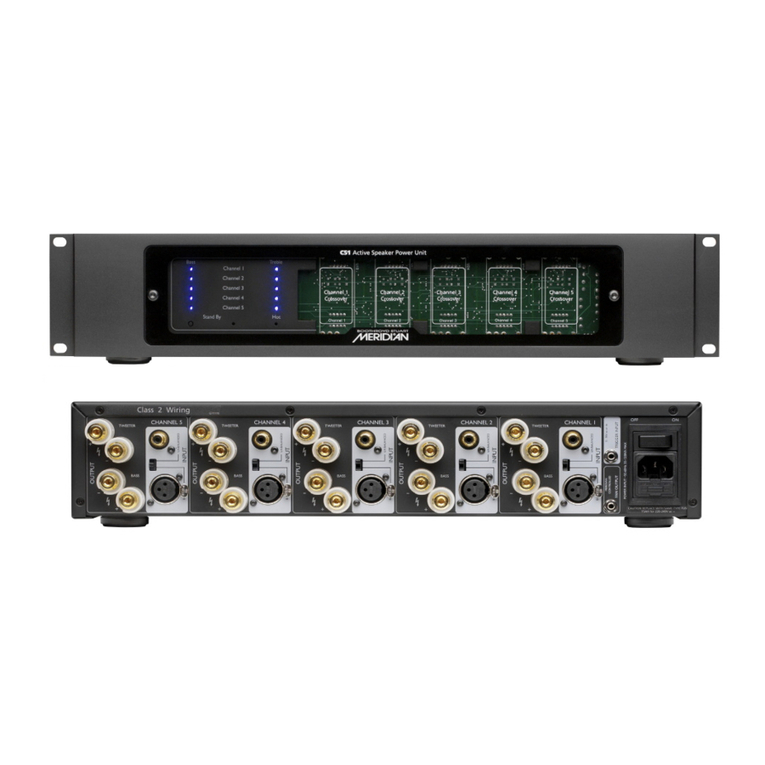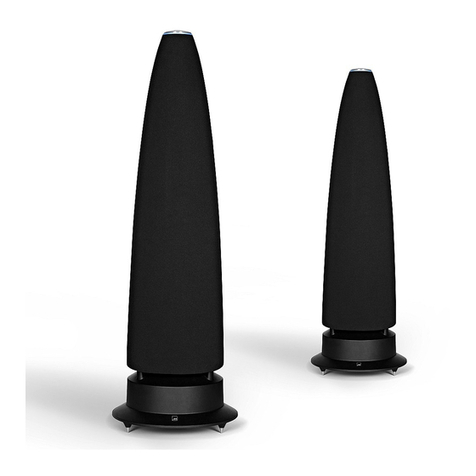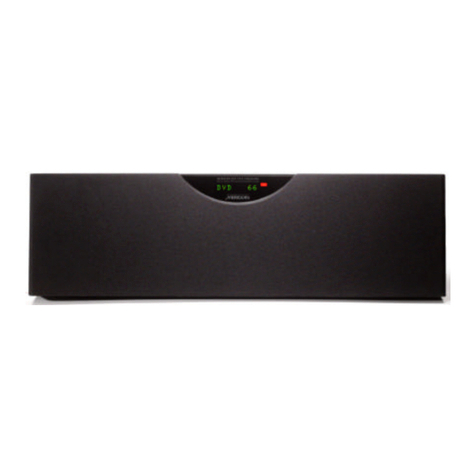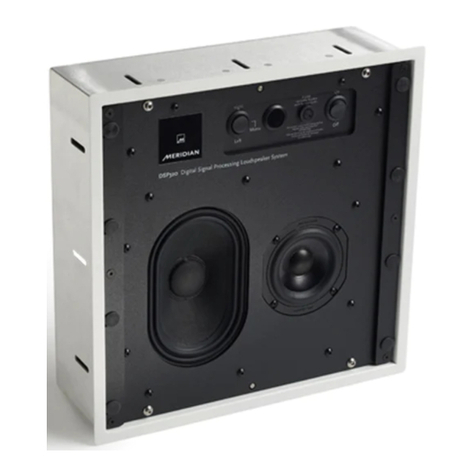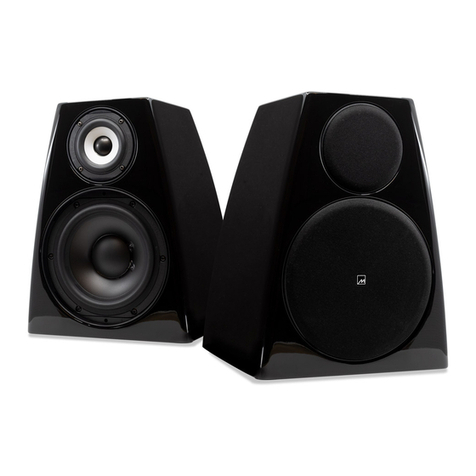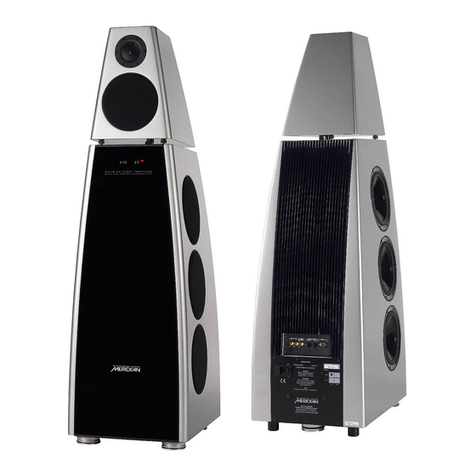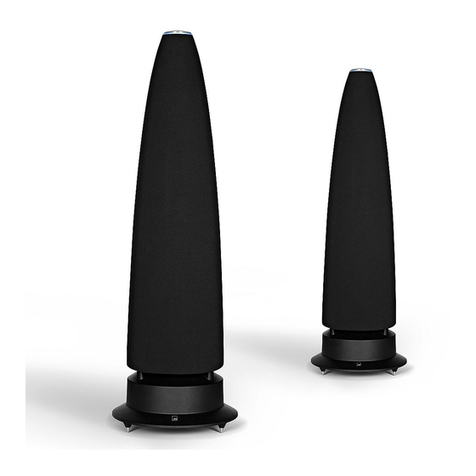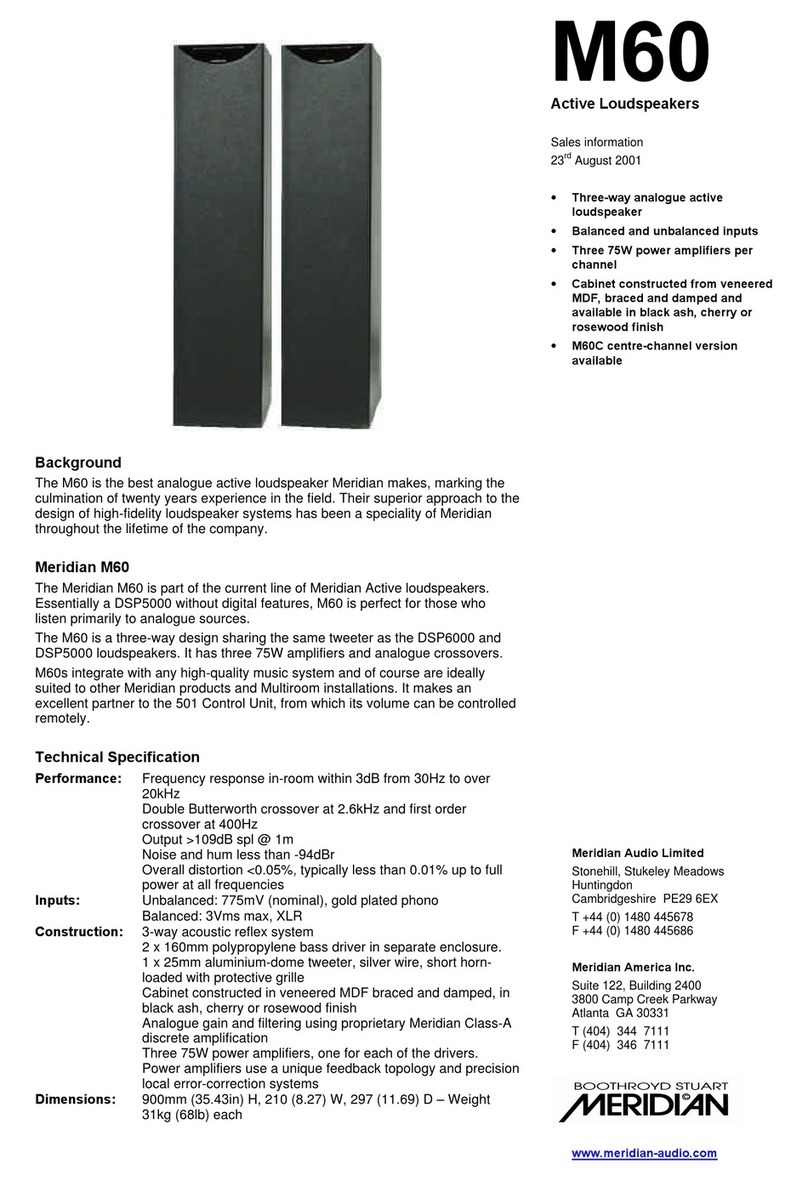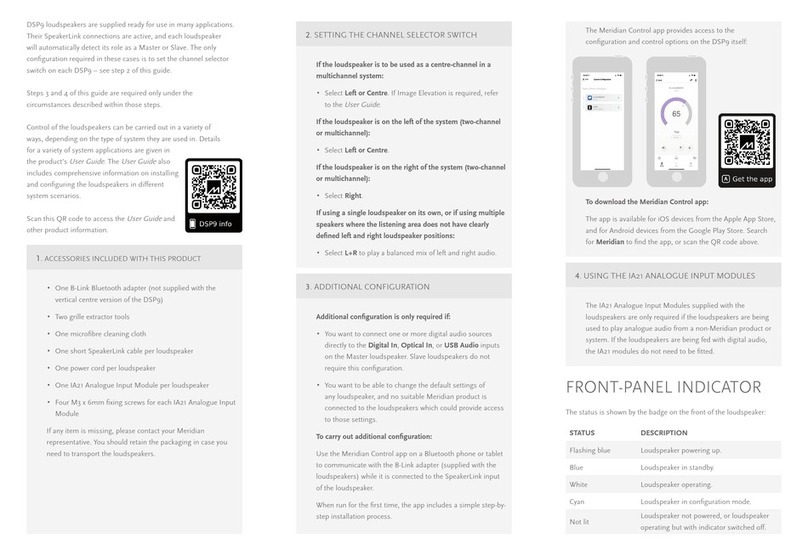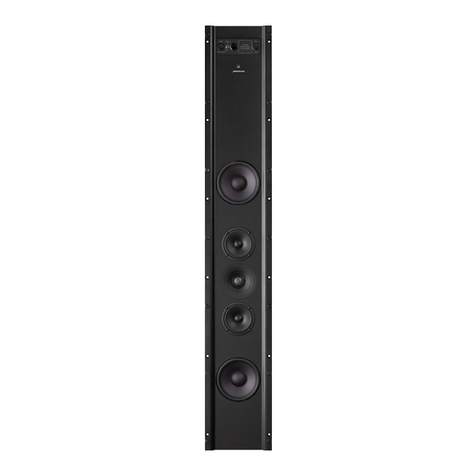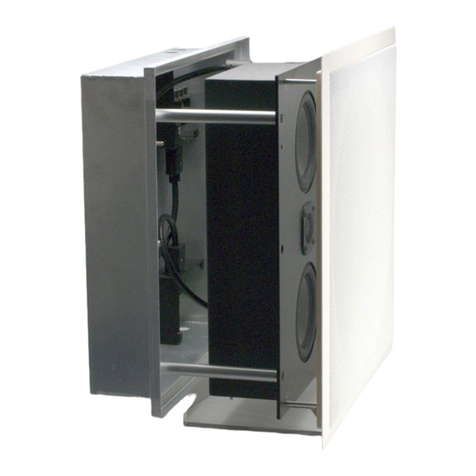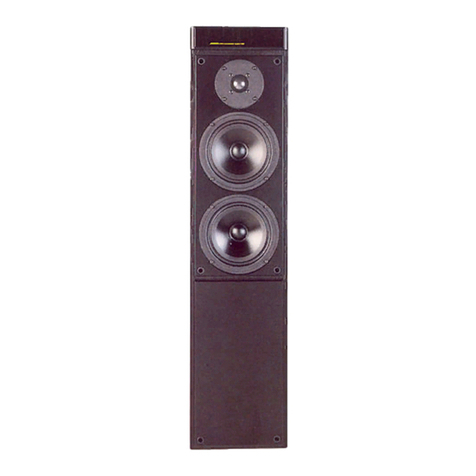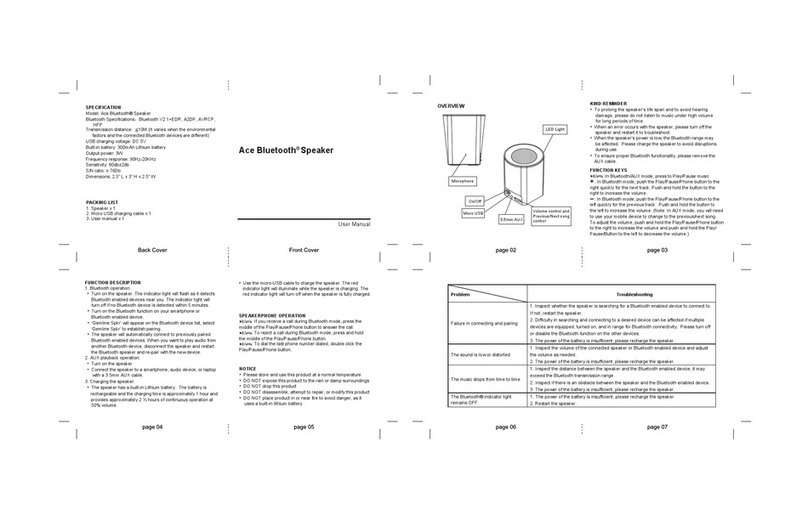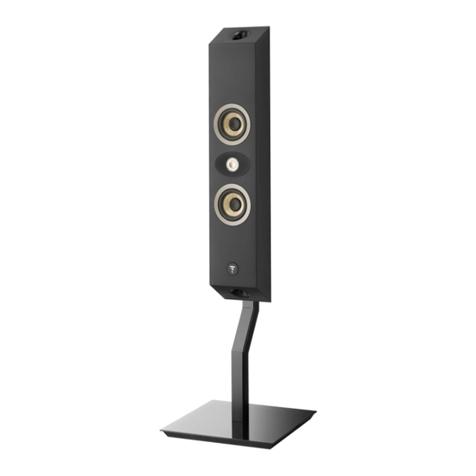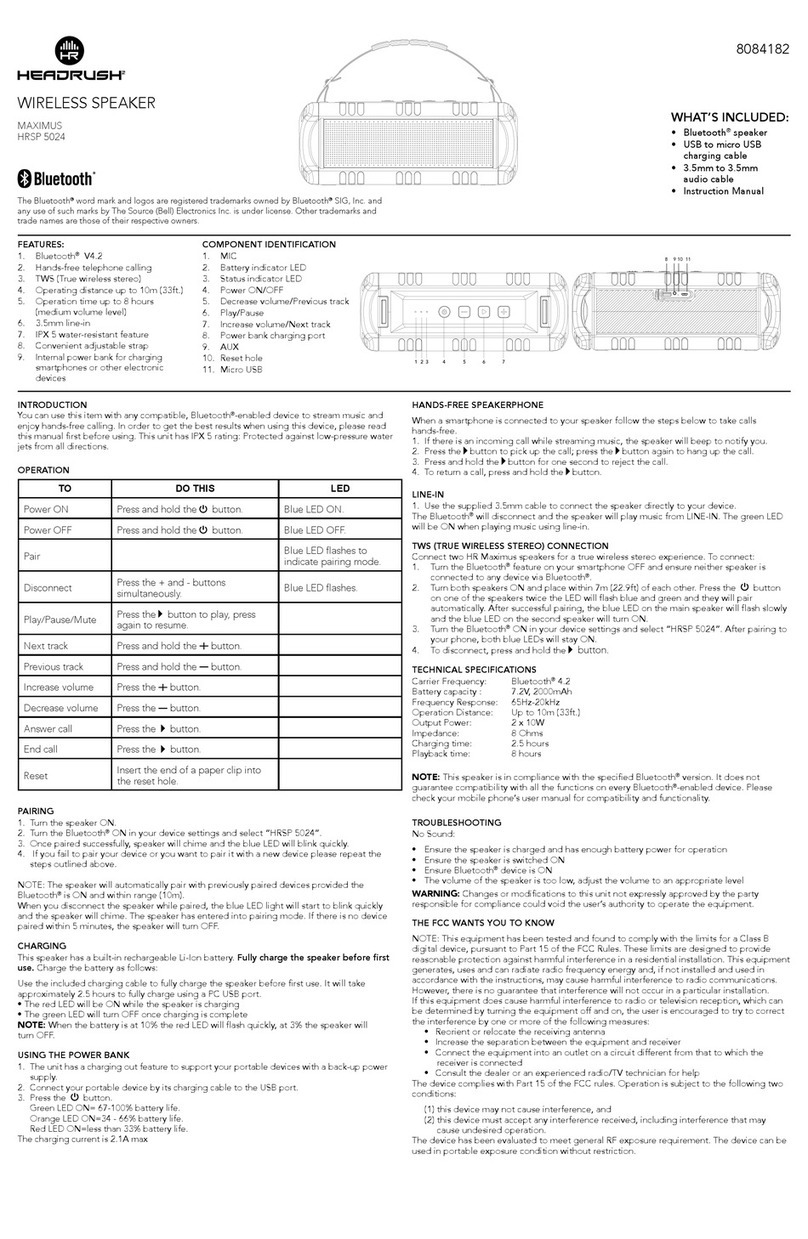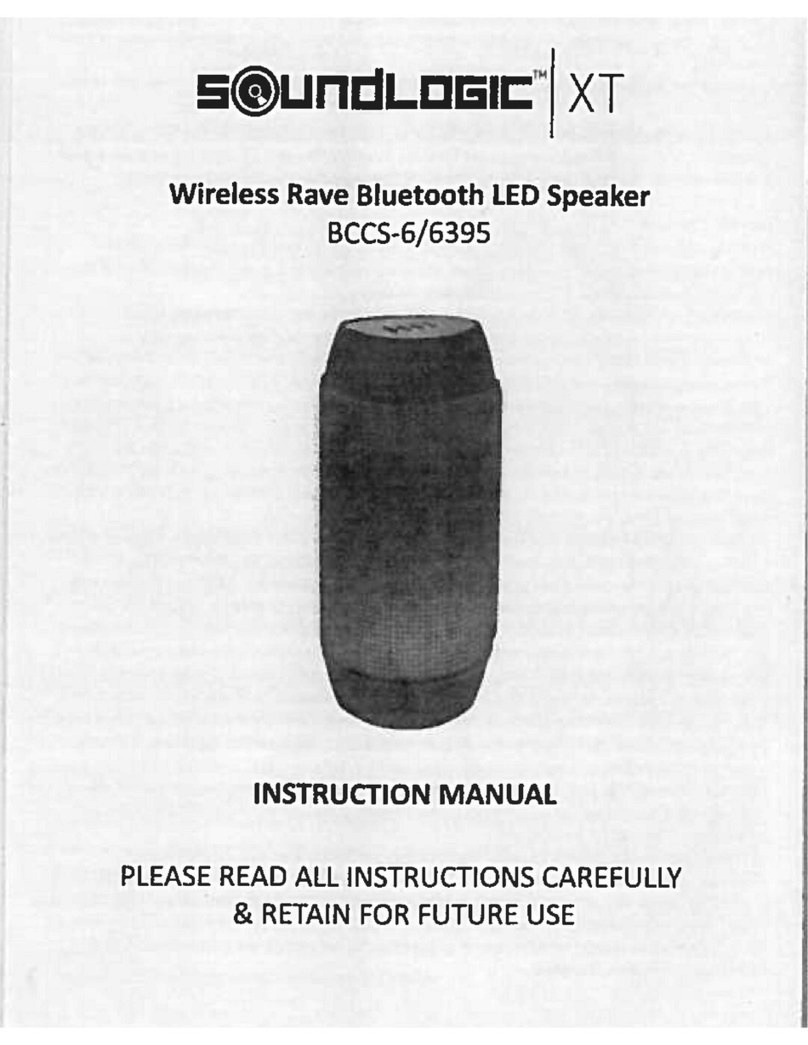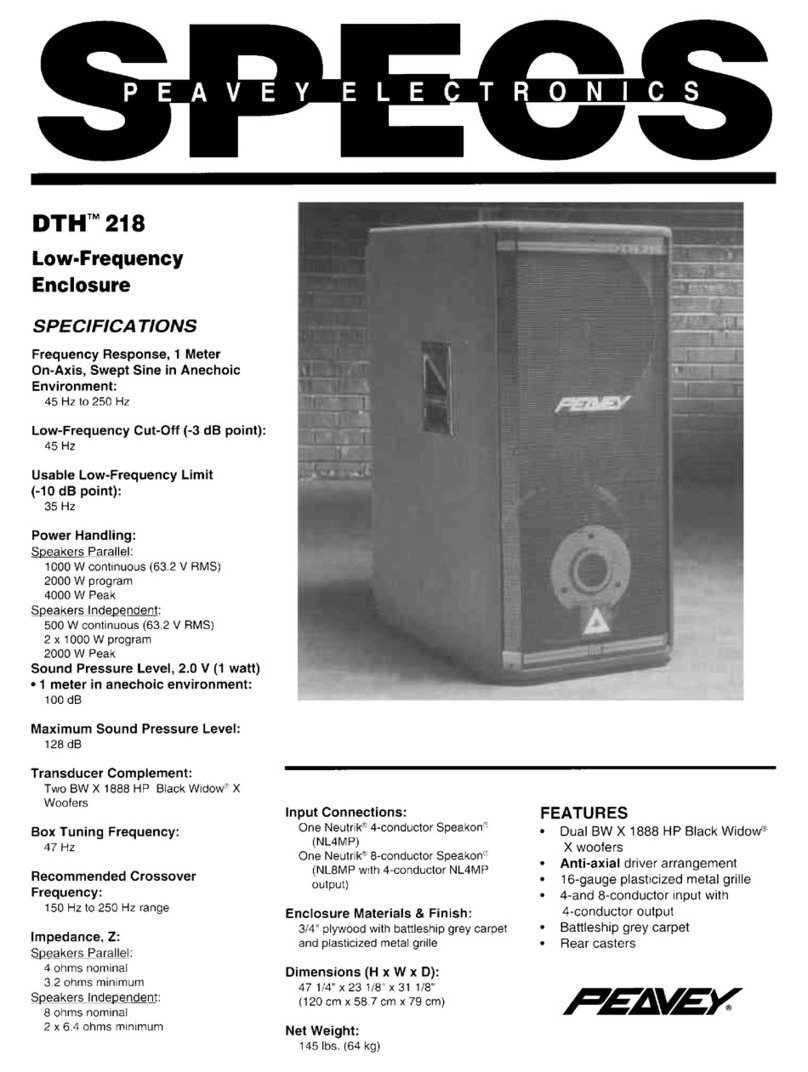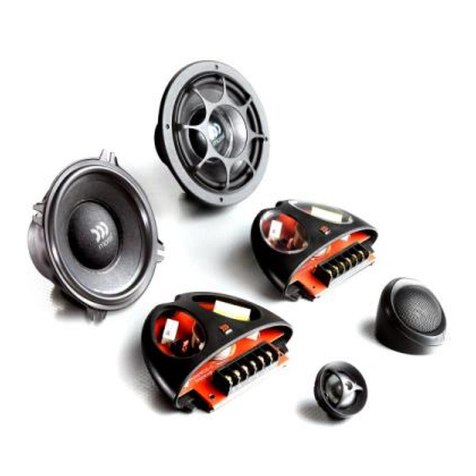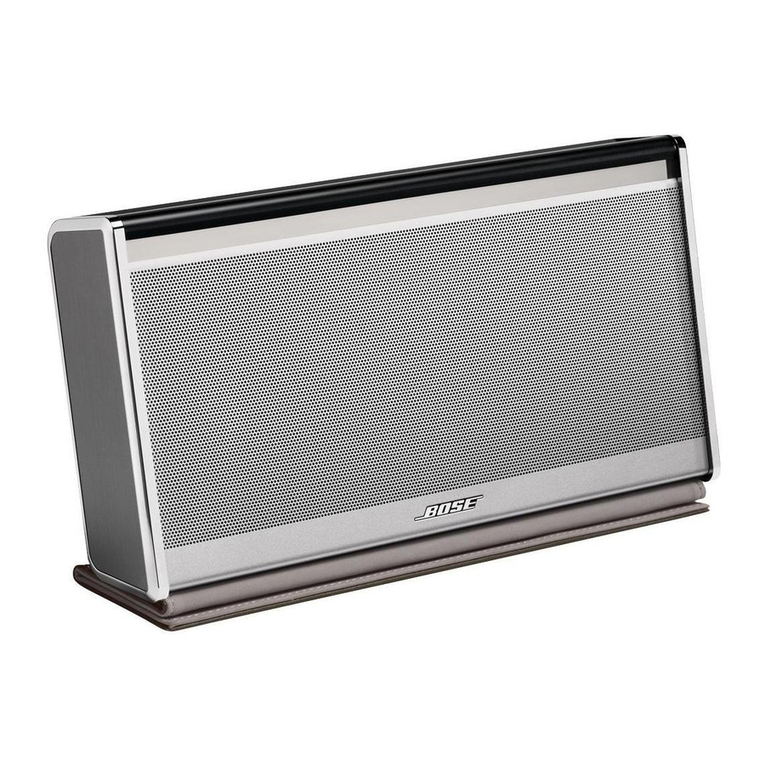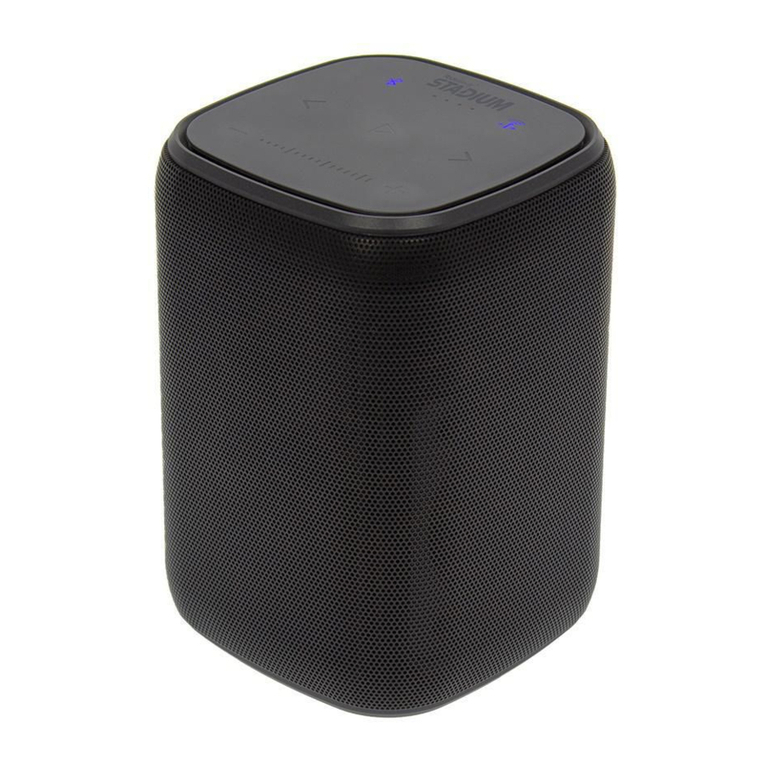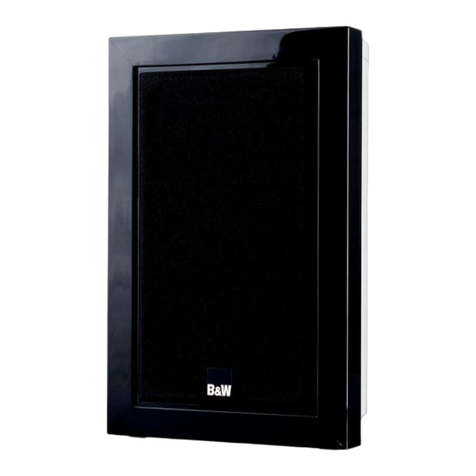
DSP730 In-Wall Digital Active Loudspeaker User Guide 1
Introduction
The DSP730 is a high-performance in-wall loudspeaker.
Engineered using Meridian’s core principles of sound design,
the DSP730 delivers high-resolution audio that is perfect
for architectural installations and dedicated home theatres.
Optimised for use behind a screen or stretched fabric wall-
coverings, the DSP730 boasts a high dynamic range and an
exceptional signal-to-noise ratio enabling it to provide distortion-
free audio from the quietest detail to the loudest crescendo.
A beryllium tweeter with diffraction expansion technology is
one of the three drive units, each of which is powered by a pair
of amplifiers capable of delivering over 100W into 8Ω. With a
frequency response from 38Hz to 40kHz and an output of up
to 115dB at 1m, the DSP730 delivers incredible power, fidelity
and accuracy for both music and movies.
The DSP730 can be combined with a Meridian in-wall
subwoofer to produce a full-range, two-box solution.
Acoustic enclosure
The DSP730 features a sealed “double-baffle” aluminium
enclosure design which minimises unwanted resonances and
colouration to ensure a reliable and repeatable performance
in every installation. The enclosure also acts as a heatsink
with huge thermal capacity for the built-in power amplifiers. A
separate mid-range driver enclosure prevents the bass driver
from interacting with the mid-range unit.
Class-M DSP engine
Phase-linear DSP crossovers with textbook performance ensure
the drive units remain in phase with each other across their
crossover regions. The DSP engine also provides thermal and
dynamic bass protection while retaining very accurate transients,
ensuring that when the loudspeaker is played at high levels –
even over prolonged periods of time – it always delivers a clean,
detailed, and accurate sound.
Meridian DYNAMIC amplifier design
The DSP730 uses high-resolution power amplifiers which
feature feedback taken after the output inductor. This lowers
the output impedance to levels rivalling good Class-AB designs,
for perfect cone control and maximum detail.
Centre Elevation
Meridian’s Centre Elevation technology, based on
psychoacoustic research, raises the perceived image location
from an under-screen loudspeaker so that it appears to come
from the centre of the screen.
